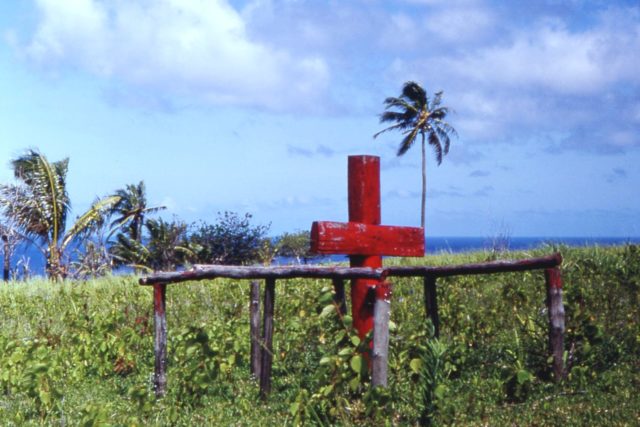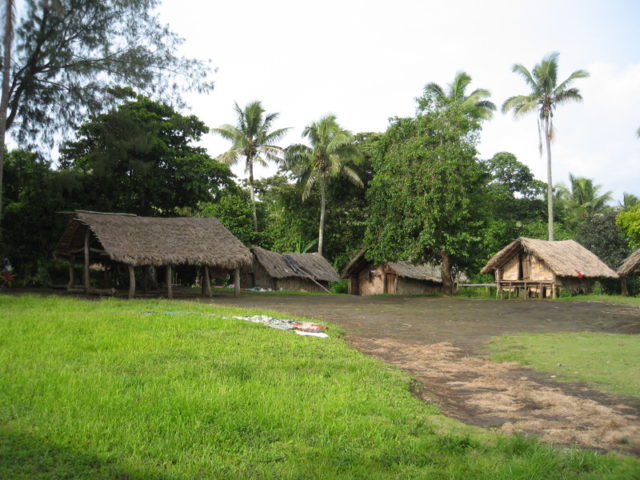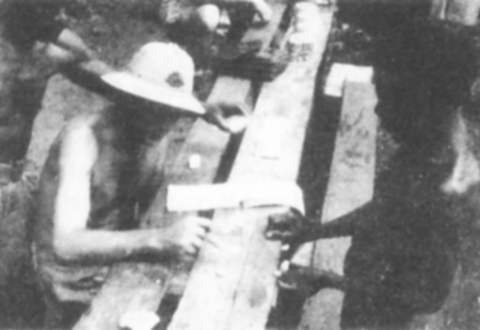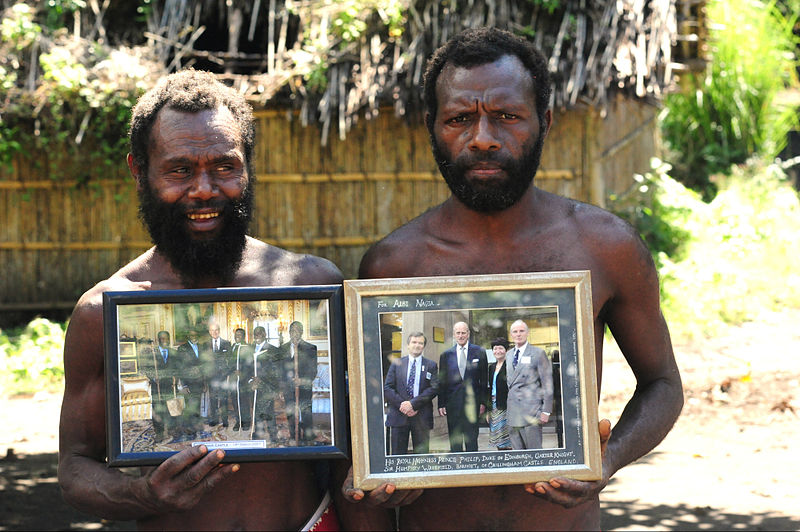For thousands of years, ancient people and the people of today have been relying on religion as a form of culture. Whether worshiping one god or several gods, people rely on religion to answer their difficult questions, predict the weather, and bring good fortune. However, with certain religions, there comes the possibility of formation of religious cults.
Back in 1946, patrols from the Australian government began traveling into what was considered the uncontrolled areas of New Guinea. The patrolmen ended up finding people there who had supposedly been expecting these white men, due to their religious beliefs. The prophecy that they had been passing along was fulfilled once white men coming to their land came to pass – for them that was the sign that the end of the world was coming.
The people had begun to butcher all of their pigs once they saw the white men. Pigs at that time were not a source of food – they were symbols of social status and items for ritualistic purposes. They had killed these pigs because they thought that after three days of darkness, Great Pigs would fall out of the sky.

In order to get ready for the fall of the Great Pigs, the natives had to stock up on firewood, food, and other essentials. They went as far as making mock wireless antennas from bamboo and rope. This was to show that a new millennium was coming. These people even believed that the Great Pigs would exchange their black skins for white ones.
The incidences of European civilization making its way into native lands is a major part of history throughout the world. There are many detailed accounts from natives about how the white men took over lands that weren’t theirs.
For more than 100 years, the traders and missionaries living in those areas had written down these cultural disturbances. Some of these stories came from people in Melanesia, New Guinea, Fiji, and the Solomons, all lying between Australia and the Pacific Ocean.
Even though these people had only tools made of wood and stone, they were still considered developed. They were also considered developed due to their maritime and agricultural knowledge, social organizations, and religious and ritualistic beliefs.

However, they were still not prepared for the encounter with white men. Their culture was a complete opposite to the European model, and the natives could tell that these white men were much more powerful than they were.
After almost four centuries of the Western expansion, the people in New Guinea are one of the few groups that still live in isolation, independently from the outside world. The Australian government still travels throughout the mountain valleys. If they walk through certain areas of these mountains and villages, they will see certain items that were traded centuries ago and small traces of the white man’s civilization.

The trading of cargo is in evidence for miles along the seacoast; with the rumors and stories of trading of cargo also came the idea that white men had magical powers. With that idea came the stories about how a Messiah would come and the present order of Creation would end.
The people who live in the central highlands of New Guinea are the latest group of people to be caught up in this religious belief, also known as the cargo cults. Strangely, the natives’ religion and Christian belief tie in together with the same idea – that the world will end in a terrible catastrophe. Another idea is that God, ancestors, or a local hero will appear and stop the destruction, making earth a paradise to live in. Death, sickness, evil, and old age will never be heard of again.
Throughout some of those areas surrounding the New Guinea group, there are others that have reported the same cults. What is most interesting is that the cults have risen independently. One of the similarities between all of the groups in these areas is that the people look toward the cult as a defensive response to social stress; it is a response to the encroachment of the white man’s civilization.
Some of the cults around these areas are Melanesia’s Taro Cult, Vailala Madness of Papua, the Naked Cult of Espiritu Santu, the John Frum Movement of New Hebrides, and the Tuka Cult of the Fiji Islands.
